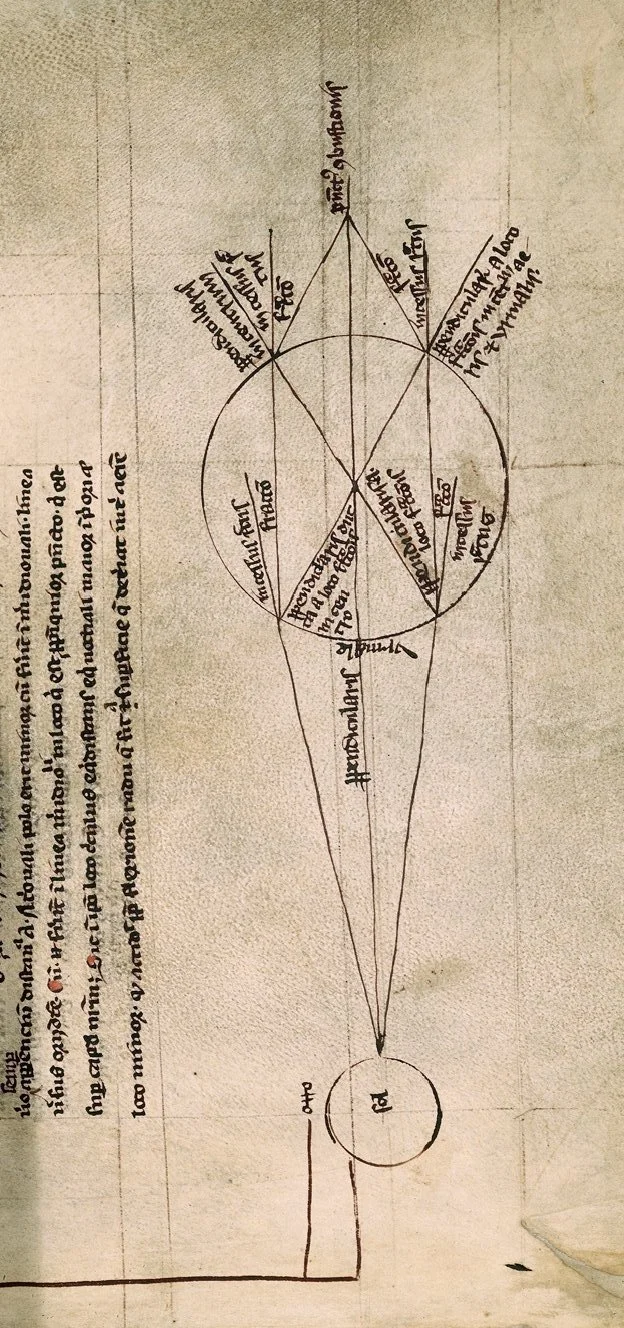
Telescopes
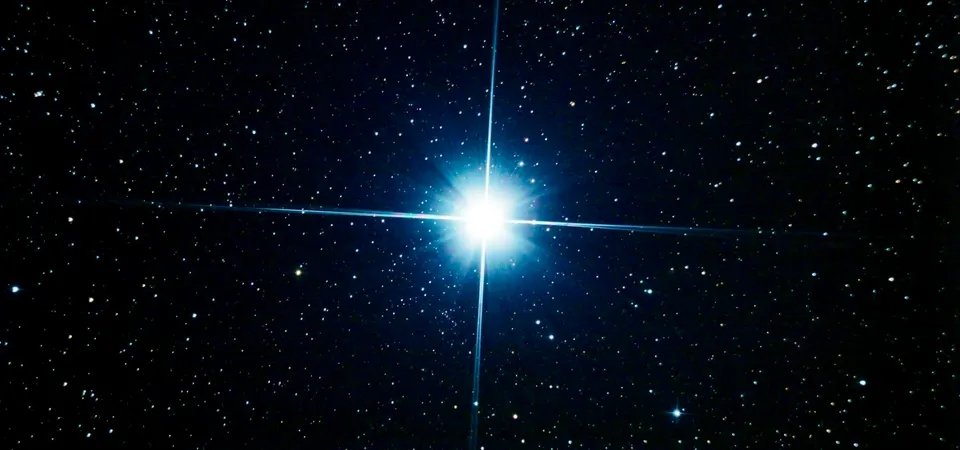
What are the 4 main telescopes?
-
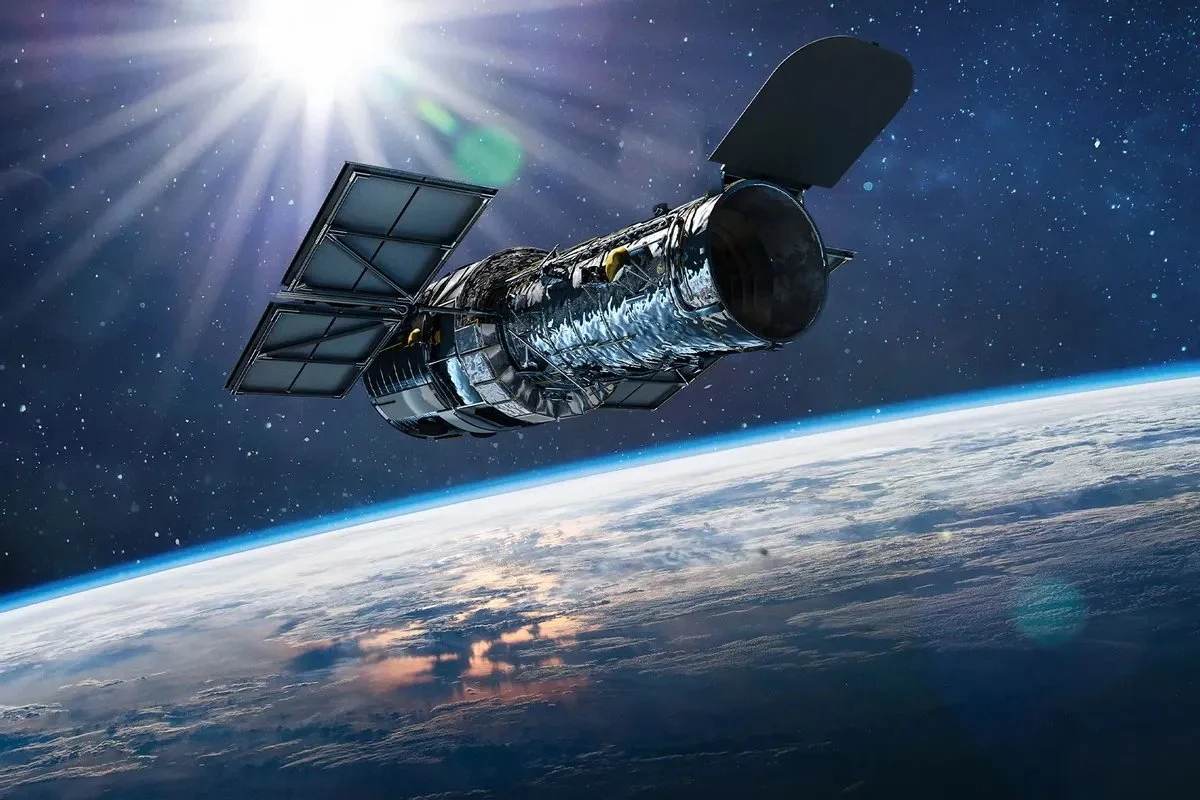
Hubble Space Telescope
Hubble has extremely high angular resolution, or ability to distinguish between two objects that are very close together. If your eyes had Hubble's resolution, you could read the date on a dime two miles away. For Hubble, this means it can see fine details in star-forming nebulae, galaxies, and other cosmic objects.
-
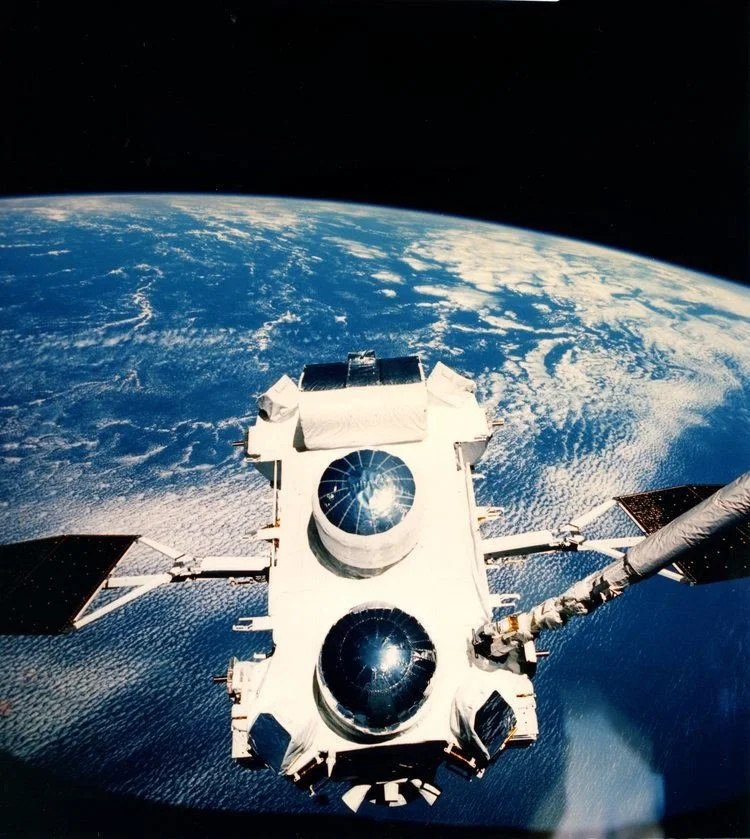
Compton Gamma Ray Observatory
The mission found a class of active galaxies called blazars, mapped the Milky Way's distribution of a radioactive isotope of aluminum, and hinted at gamma-ray bursts' cosmological origins, among other discoveries.
-
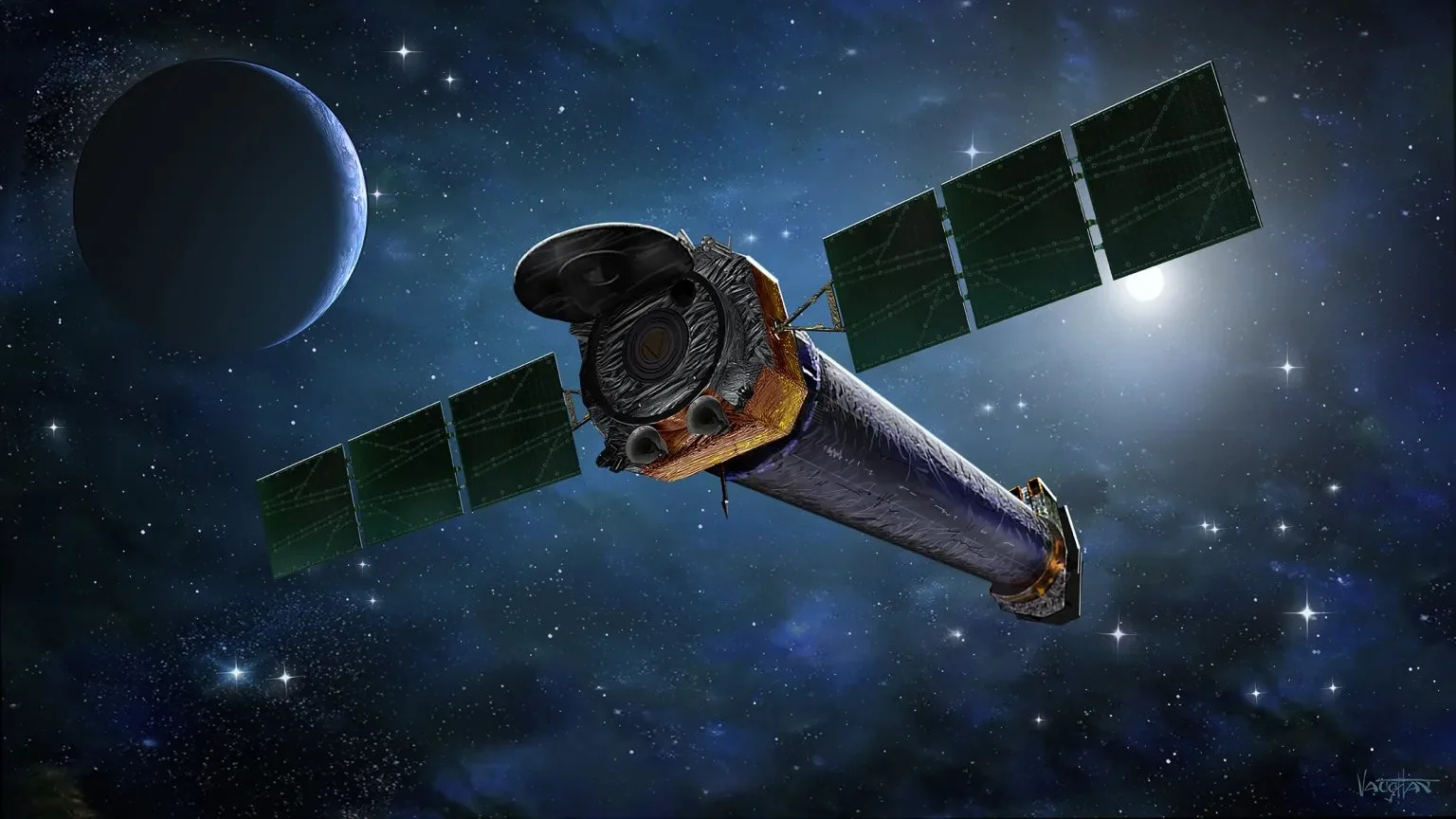
Chandra X-ray Observatory
Chandra revealed that whirling neutron stars only twelve miles in diameter can generate streams of high-energy particles that extend for light years. The finding provides new insight into the nature of some of the densest matter in the Universe.
-

Spitzer Space Telescope
NASA's Spitzer was the first telescope to detect light from an exoplanet, or a planet outside our solar system. Spitzer uses an ultra-sensitive infrared telescope to study asteroids, comets, planets and distant galaxies.
History of the telescope
The history of the telescope can be traced to before the invention of the earliest known telescope, which appeared in 1608 in the Netherlands, when a patent was submitted by Hans Lippershey, an eyeglass maker. Although Lippershey did not receive his patent, news of the invention soon spread across Europe. The design of these early refracting telescopes consisted of a convex objective lens and a concave eyepiece. Galileo improved on this design the following year and applied it to astronomy. In 1611, Johannes Kepler described how a far more useful telescope could be made with a convex objective lens and a convex eyepiece lens. By 1655, astronomers such as Christiaan Huygens were building powerful but unwieldy Keplerian telescopes with compound eyepieces.[1]
Isaac Newton is credited with building the first reflector in 1668 with a design that incorporated a small flat diagonal mirror to reflect the light to an eyepiece mounted on the side of the telescope. Laurent Cassegrain in 1672 described the design of a reflector with a small convex secondary mirror to reflect light through a central hole in the main mirror.
The achromatic lens, which greatly reduced color aberrations in objective lenses and allowed for shorter and more functional telescopes, first appeared in a 1733 telescope made by Chester Moore Hall, who did not publicize it. John Dollond learned of Hall's invention[2][3] and began producing telescopes using it in commercial quantities, starting in 1758.
Important developments in reflecting telescopes were John Hadley's production of larger paraboloidal mirrors in 1721; the process of silvering glass mirrors introduced by Léon Foucault in 1857;[4] and the adoption of long-lasting aluminized coatings on reflector mirrors in 1932.[5] The Ritchey-Chretien variant of Cassegrain reflector was invented around 1910, but not widely adopted until after 1950; many modern telescopes including the Hubble Space Telescope use this design, which gives a wider field of view than a classic Cassegrain.
During the period 1850–1900, reflectors suffered from problems with speculum metal mirrors, and a considerable number of "Great Refractors" were built from 60 cm to 1 metre aperture, culminating in the Yerkes Observatory refractor in 1897; however, starting from the early 1900s a series of ever-larger reflectors with glass mirrors were built, including the Mount Wilson 60-inch (1.5 metre), the 100-inch (2.5 metre) Hooker Telescope (1917) and the 200-inch (5 metre) Hale Telescope (1948); essentially all major research telescopes since 1900 have been reflectors. A number of 4-metre class (160 inch) telescopes were built on superior higher altitude sites including Hawaii and the Chilean desert in the 1975–1985 era. The development of the computer-controlled alt-azimuth mount in the 1970s and active optics in the 1980s enabled a new generation of even larger telescopes, starting with the 10-metre (400 inch) Keck telescopes in 1993/1996, and a number of 8-metre telescopes including the ESO Very Large Telescope, Gemini Observatory and Subaru Telescope.
The era of radio telescopes (along with radio astronomy) was born with Karl Guthe Jansky's serendipitous discovery of an astronomical radio source in 1931. Many types of telescopes were developed in the 20th century for a wide range of wavelengths from radio to gamma-rays. The development of space observatories after 1960 allowed access to several bands impossible to observe from the ground, including X-rays and longer wavelength infrared bands.
Galileo & the Telescope
The invention of the telescope played an important role in advancing our understanding of Earth's place in the cosmos. While there is evidence that the principles of telescopes were known in the late 16th century, the first telescopes were created in the Netherlands in 1608. Spectacle makers Hans Lippershey & Zacharias Janssen and Jacob Metius independently created telescopes. The telescope emerged from a tradition of craftsmanship and technical innovation around spectacles and developments in the science of optics traced back through Roger Bacon and a series of Islamic scientists, in particular Al-Kindi (c. 801–873), Ibn Sahl (c. 940-1000) and Ibn al-Haytham (965–1040).
The story of Galileo's telescopic observations illustrates how a tool for seeing and collecting evidence can dramatically change our understanding of the cosmos.
Early telescopes were primarily used for making Earth-bound observations, such as surveying and military tactics. Galileo Galilei (1564-1642) was part of a small group of astronomers who turned telescopes towards the heavens. After hearing about the "Danish perspective glass" in 1609, Galileo constructed his own telescope. He subsequently demonstrated the telescope in Venice. His demonstration of the telescope earned him a lifetime lectureship.
After his initial success, Galileo focused on refining the instrument. The initial telescope he created (and the Dutch ones it was based on) magnified objects three diameters. That is, it made things look three times larger than they did with the naked eye. Through refining the design of the telescope he developed an instrument that could magnify eight times, and eventually thirty times.
This increased magnification of heavenly objects had a significant and immediate impact. These new observations were by no means exclusive to Galileo. The story of Galileo and the telescope is a powerful example of the key role that technologies play in enabling advances in scientific knowledge. With that said, the telescope isn't the only technology at play in this story. Galileo deftly used the printed book and the design of prints in his books to present his research to the learned community. This is not a story of a lone thinker theorizing and piecing together a new model of the cosmos. Quite the contrary, an array of individuals in the early 17th century took the newly created telescopes and pointed them toward the heavens. Unlike those other observers, however, Galileo rapidly published his findings. In some cases, Galileo understood the significance and importance of these observations more readily than his contemporaries. It was this understanding, and foresight to publish, that made Galileo's ideas stand the test of time.

